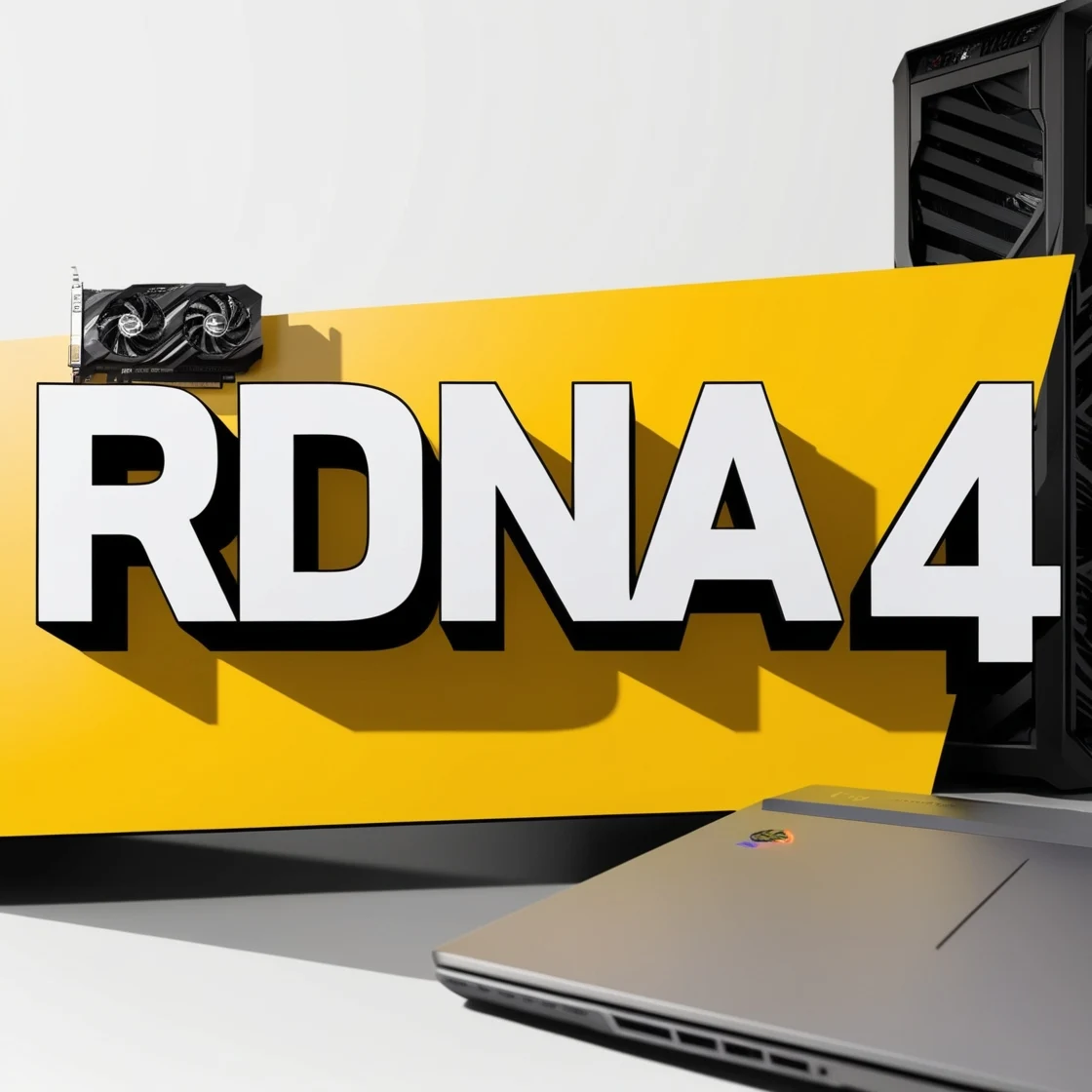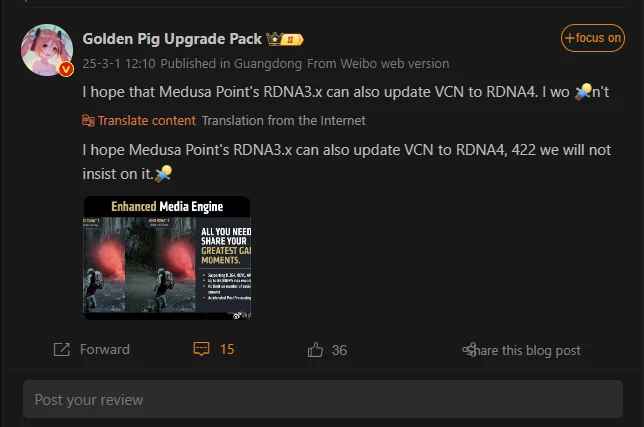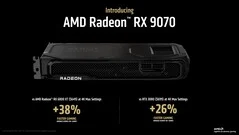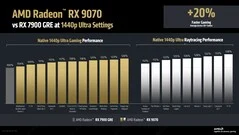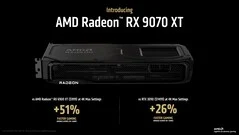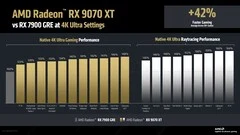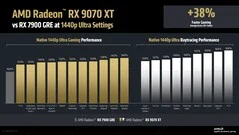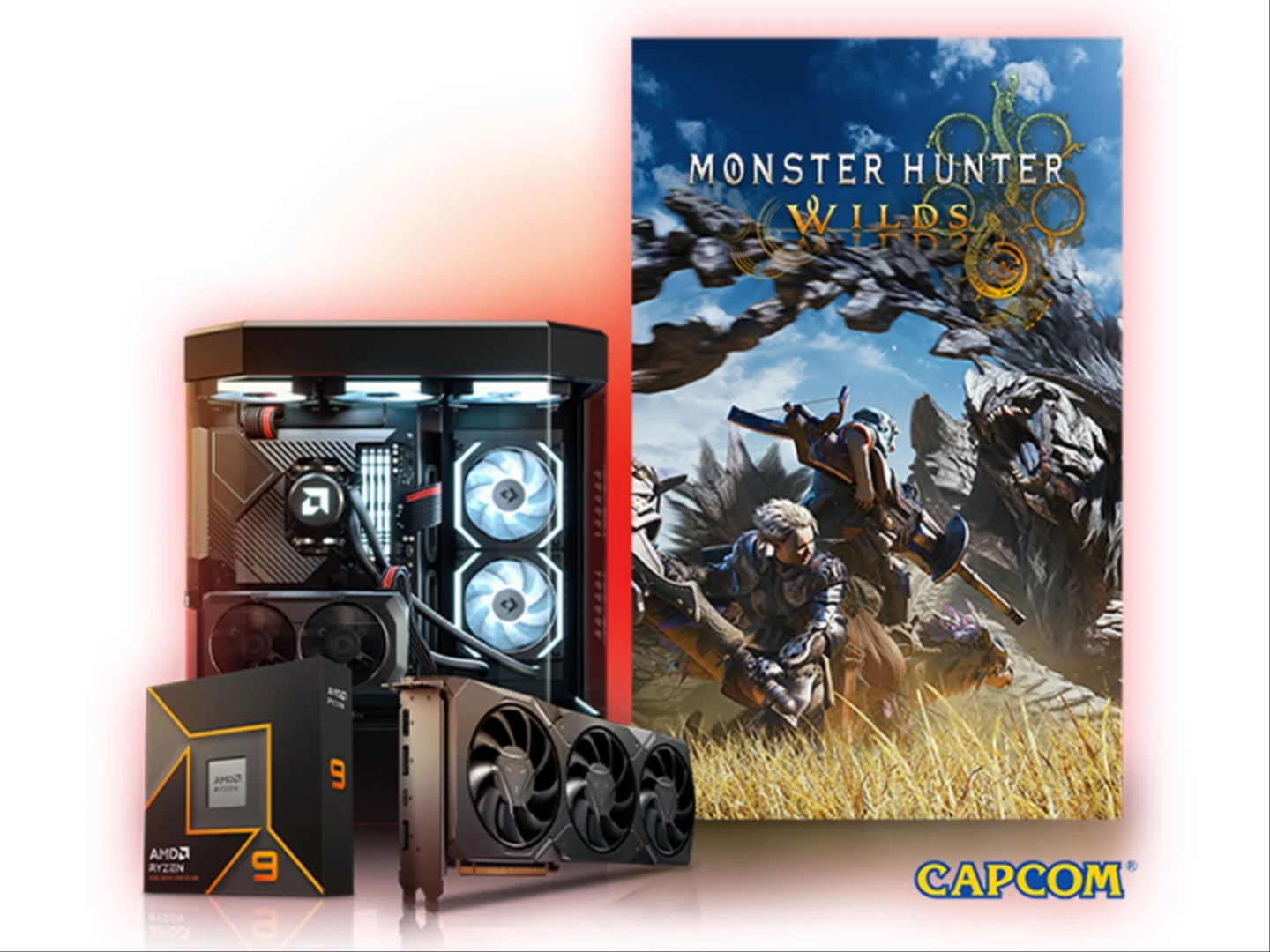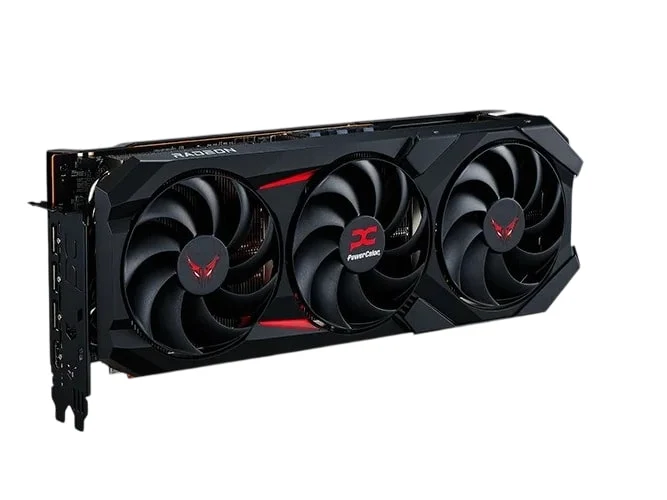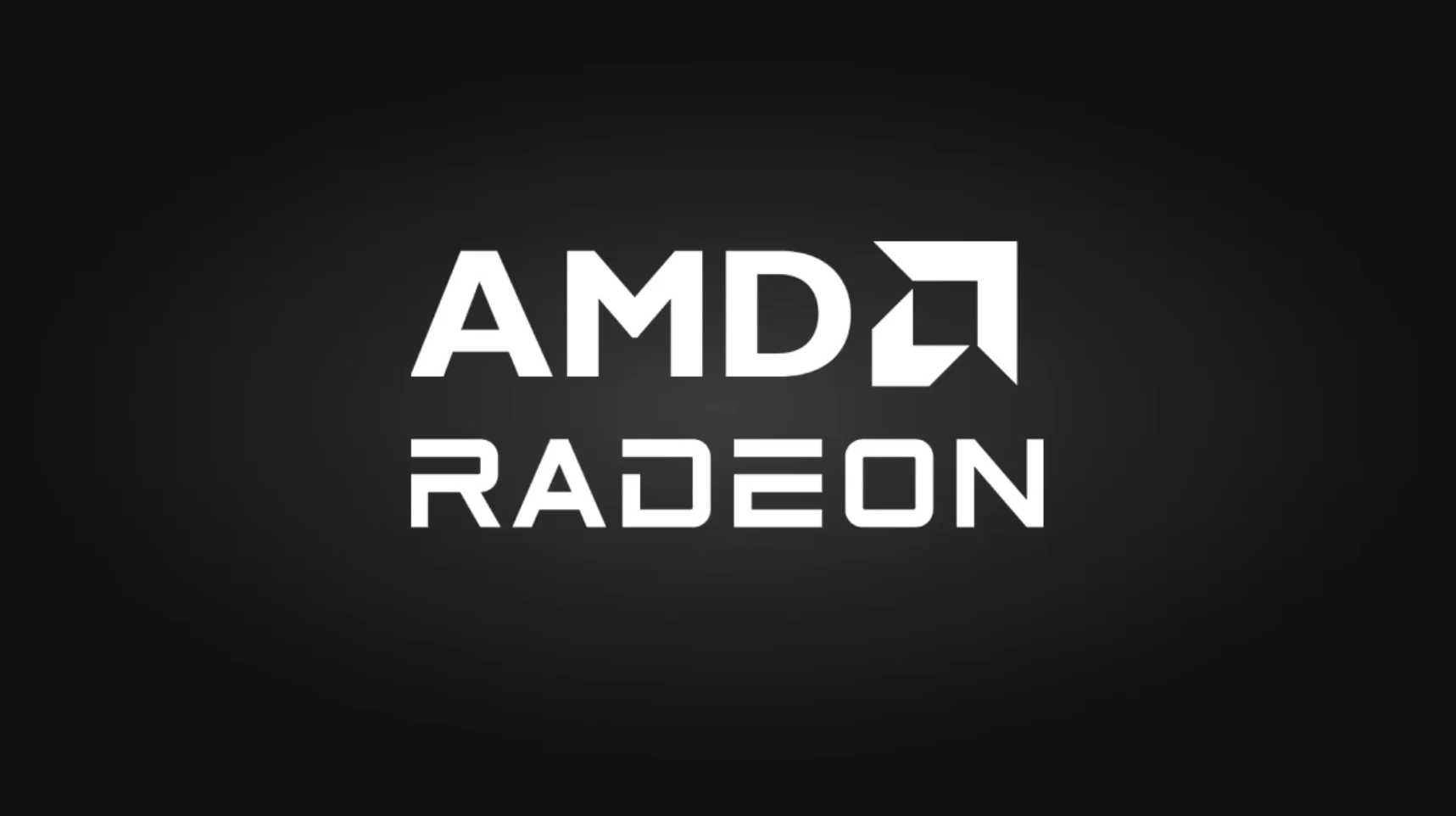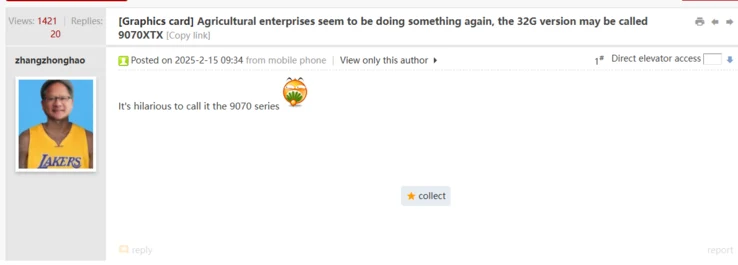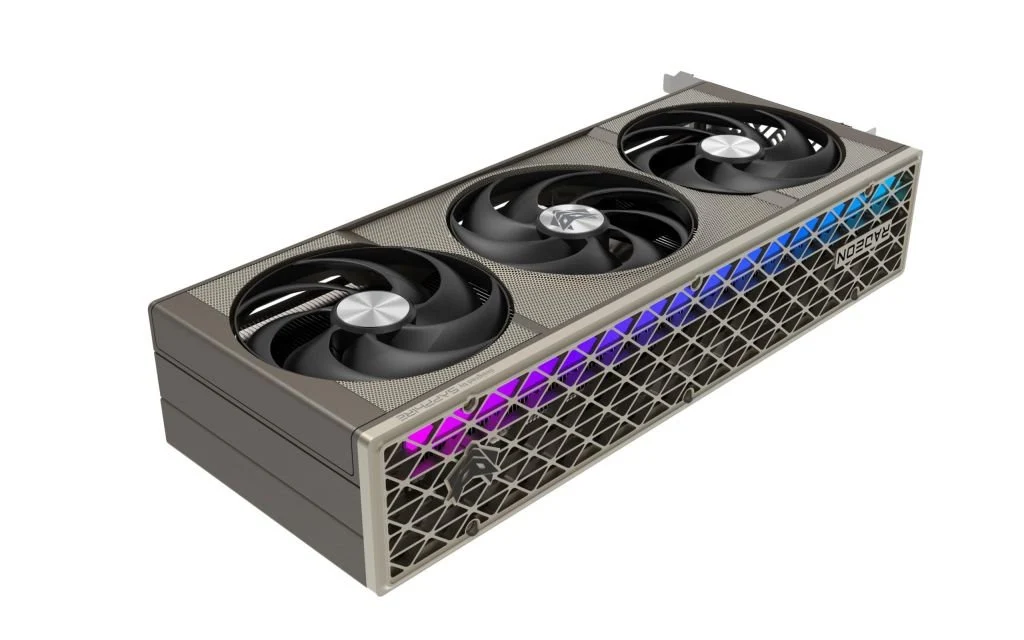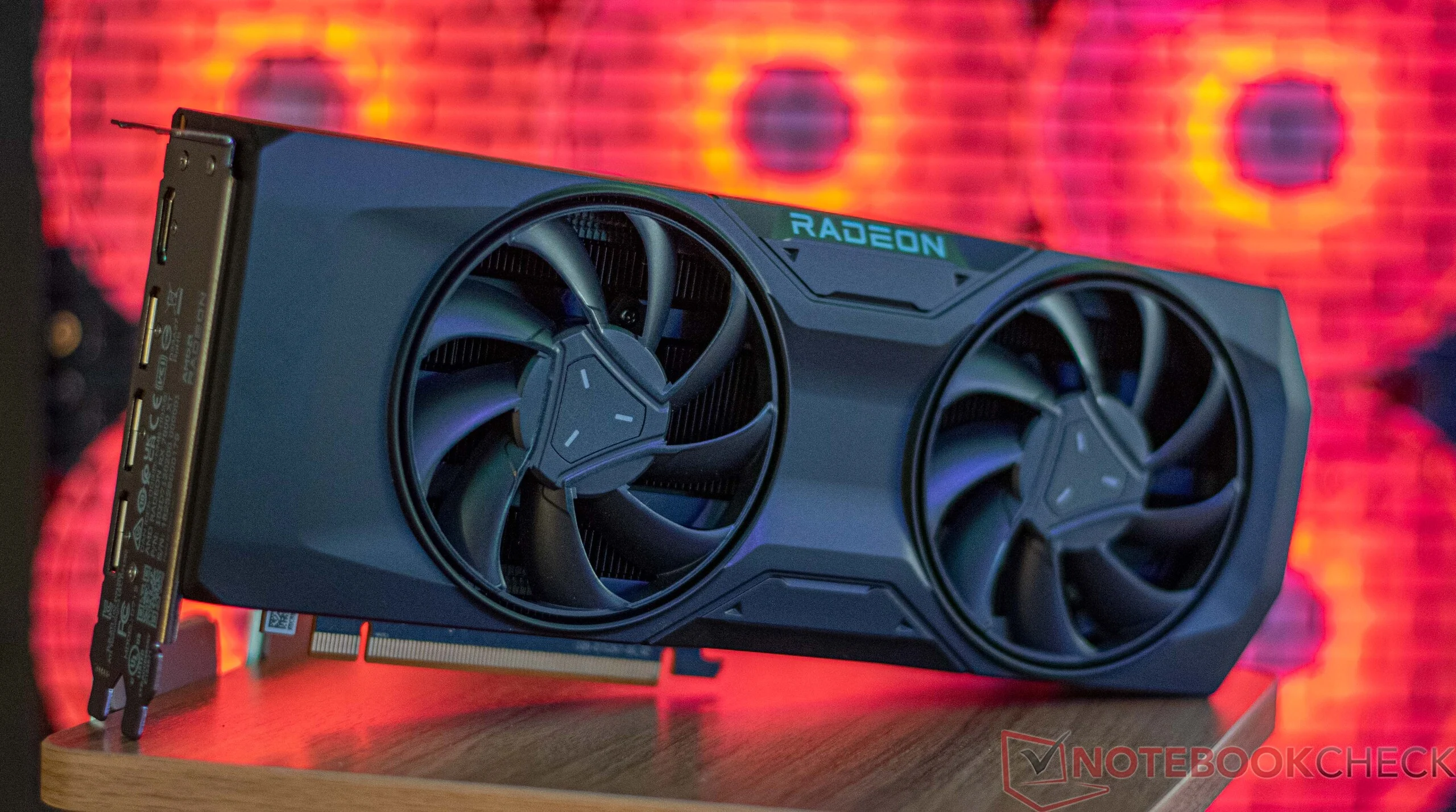Key Takeaways
1. AMD is working with partners to maintain MSRP prices for the RX 9070 series GPUs, despite rumors of potential price increases after initial stock sells out.
2. The price of AMD Radeon RX 9070 and 9070 XT will be influenced by supply and demand, with AMD needing to ensure adequate stock to keep prices stable.
3. AMD’s stock availability appears to be better than Nvidia’s during the RTX 5000 series launch, with more RX 9070 models available at retailers.
4. A comparison showed that while AMD’s RX 9070 GPUs are in stock at Micro Center, Nvidia’s RTX 5070 Ti and 5080 models are sold out.
5. Online demand for AMD cards remains high, with reports of order cancellations due to stock shortages, making platforms like Amazon a good option for mid-range gamers.
Yesterday, after the introduction of the AMD Radeon RX 9070 and 9070 XT GPUs, which we have reviewed, rumors and leaks surfaced suggesting that AMD might raise the MSRP of the RDNA 4 GPUs once the initial retail stock was sold out. However, new details indicate this might not be true—though it doesn’t mean that prices won’t rise in the future.
Stock Replenishment Efforts
Frank Azor from AMD has stated that the company is collaborating with its add-in-board partners to restock retailers. Despite the high demand, he noted that “MSRP pricing (not including region specific tariffs and/or taxes) will continue to be encouraged,” even after the launch. This implies that the suggested prices for AMD’s RX 9070 series are likely to remain stable, yet there is still room for potential price hikes from retailers and AIBs.
Supply and Demand Dynamics
Currently, it appears that the price of the AMD Radeon RX 9070 and 9070 XT will be dictated by supply and demand. This suggests that the only way AMD can guarantee MSRP—or something close to it—is by ensuring there is a sufficient supply. In this aspect, AMD seems to be performing a bit better in keeping stores stocked compared to Nvidia during the launch of the RTX 5000 series.
Stock Comparisons
An amusing Reddit post highlighted that the Micro Center in Illinois had 170 RX 9070 GPUs and 440 RX 9070 XT units available, whereas Nvidia’s RTX 5070 Ti and 5080 were completely sold out, with only seven RTX 5090s and 10 RTX 5070s on the shelves. Conversely, online retailers have witnessed much greater demand, as many users in the r/PCMasterrace subreddit and on X have reported order cancellations due to a shortage of stock and increasing demand.
Source:
Link


